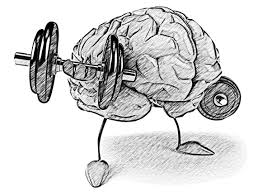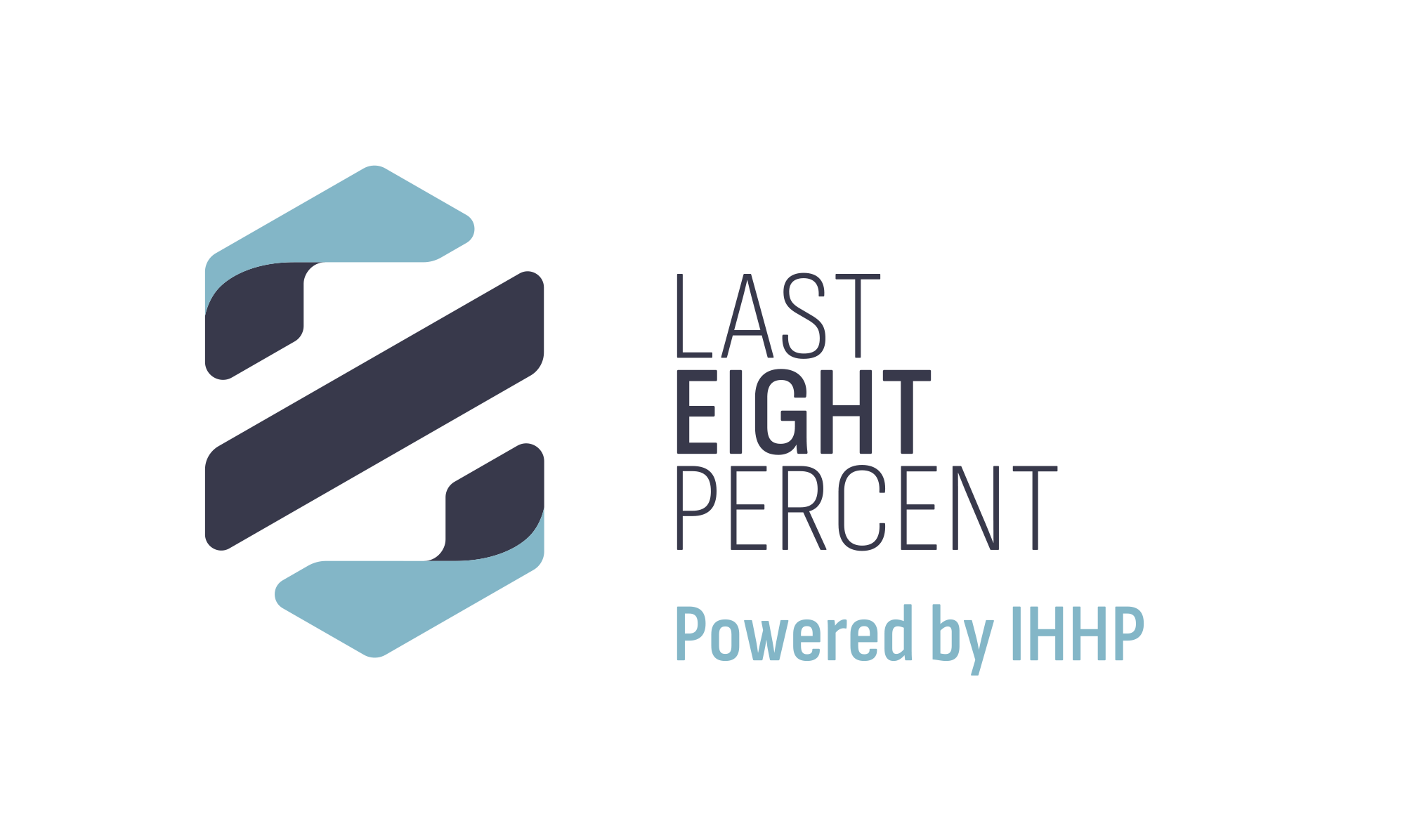 If this morning you suddenly asked your colleague to walk for eight hours straight without breaks; meaning they must eat on the go, could not slow down, must maintain (or better) their pace over the eight hours – would this be realistic? If they couldn’t do it and got tired, would you consider them weak? If they resisted and showed frustration, would you consider them uncommitted? The obvious answer to all these questions is “no”.
If this morning you suddenly asked your colleague to walk for eight hours straight without breaks; meaning they must eat on the go, could not slow down, must maintain (or better) their pace over the eight hours – would this be realistic? If they couldn’t do it and got tired, would you consider them weak? If they resisted and showed frustration, would you consider them uncommitted? The obvious answer to all these questions is “no”.
Now, change the context to workplace meetings – do our expectations of ourselves and others change? Whether we like it or not, based on our experiences and corroborating research the answer is “Yes”.
Most perplexing about this shift is that we logically know that asking people to attend back-to-back-to-back meetings with few to no breaks, while expecting them to perform at their very best, is not only unrealistic, but it is unfairly setting people (and ourselves) up to be unsuccessful. And yet “meeting-mania” is a pervasive issue in most of our workplaces.
If meetings are a reality, what can we do to make them better? Earlier this month I asked a group attending our public program “The Science of Emotional Intelligence”, to brainstorm some strategies they or their organizations could implement based on the program learnings of what helps the brain (and thus people), work most effectively. The strategies they shared had to be realistic and could be implemented in their very next meeting. Here are two of those strategies:
1) Shorten Meetings – Make 45 minute meetings standard with a block on the last 15 minutes of every hour.
 The benefit is that it allows people time to “reset” between meetings. Many meetings are unproductive because people are still thinking about their last meeting! This is especially true if it was challenging and/or tension-filled. One factor impacting our ability to be present following a difficult interaction is cortisol; a stress chemical that floods our system in such situations. High levels of cortisol will interfere with our ability to think effectively and emotionally respond appropriately. There is a compounding and deleterious effect on meetings when we don’t give cortisol-induced brains time to process and we have all observed them; people have less patience, are more argumentative, resistant, impulsive, short-sighted and disengaged. To counter this, proactively providing a break between meetings offers stressed brains time to deal with that cortisol spike, increasing the potential of focused brains, and positive people attending our next meeting.
The benefit is that it allows people time to “reset” between meetings. Many meetings are unproductive because people are still thinking about their last meeting! This is especially true if it was challenging and/or tension-filled. One factor impacting our ability to be present following a difficult interaction is cortisol; a stress chemical that floods our system in such situations. High levels of cortisol will interfere with our ability to think effectively and emotionally respond appropriately. There is a compounding and deleterious effect on meetings when we don’t give cortisol-induced brains time to process and we have all observed them; people have less patience, are more argumentative, resistant, impulsive, short-sighted and disengaged. To counter this, proactively providing a break between meetings offers stressed brains time to deal with that cortisol spike, increasing the potential of focused brains, and positive people attending our next meeting.
2) Institute a BYO(H)S Rule – for longer meetings establish a “Bring Your Own (Healthy) Snack” as a meeting requirement.
 We may not be able to get out of meetings, but how we show up to a meeting is something we can control and a place we can help others. The Association for Psychological Science has found that stable glucose levels in the blood are related to better long-term, strategic and ethical decision making versus more self-focused, short-sighted thinking induced by low sugar levels. Intuitively we all know that when we are hungry our energy goes down. What is less understood is that when our blood glucose levels are down, indecisiveness goes up and the result is erroneous and ineffective decision making. The consequence of low glucose level decisions is that we are forced to have more meetings to address the problems, re-discussing the same issues. Rarely are these good and productive meetings. Now imagine you need to immediately walk into your next meeting because they have been scheduled back-to-back and it is no wonder we end up labeling most meetings as brain drainers! To proactively address this sugar-drained brain situation, bring a snack or provide a snack – it might save an error and a meeting in the future!
We may not be able to get out of meetings, but how we show up to a meeting is something we can control and a place we can help others. The Association for Psychological Science has found that stable glucose levels in the blood are related to better long-term, strategic and ethical decision making versus more self-focused, short-sighted thinking induced by low sugar levels. Intuitively we all know that when we are hungry our energy goes down. What is less understood is that when our blood glucose levels are down, indecisiveness goes up and the result is erroneous and ineffective decision making. The consequence of low glucose level decisions is that we are forced to have more meetings to address the problems, re-discussing the same issues. Rarely are these good and productive meetings. Now imagine you need to immediately walk into your next meeting because they have been scheduled back-to-back and it is no wonder we end up labeling most meetings as brain drainers! To proactively address this sugar-drained brain situation, bring a snack or provide a snack – it might save an error and a meeting in the future!
 What if you were to try one of these in your next meeting, could it change the outcome?
What if you were to try one of these in your next meeting, could it change the outcome?
Let’s make brain-draining meetings a thing of the past and help our brains and our people do great work.

